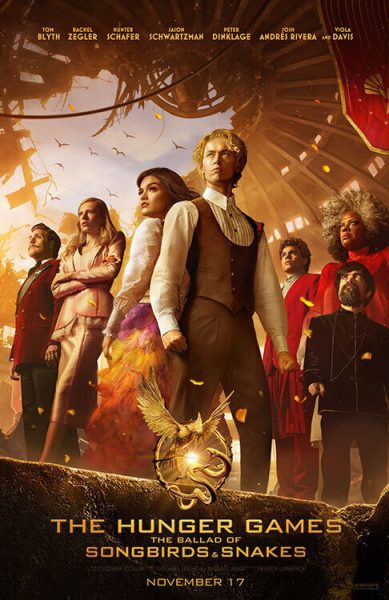Decades-long parking struggle continues
As you enter the campus parking lot you are greeted with two different kinds of drivers, the ‘campers’ and the ‘vultures.’ The race for parking at EdCC begins as early as 8 a.m. and does not slow down until around 1 p.m.
You have drivers that come early, pick a certain section of the parking lot, put their hazards on, and wait for a spot to open. Those are the ‘campers.’ Then you have what others may call, the ‘vultures’. They creep behind a student that is leaving so that they can steal their parking spot. In times of desperation we have all been one or the other.
This has become the norm for many students here on campus. Student parking is one of the main complaints that I hear, not only from students, but from staff as well.
Students should take advantage of the free parking provided on campus and off the main campus. It would be especially helpful if the college would integrate new parking practices to help with the traffic flow in the parking lot.
While some may argue that parking has gotten worse this year, Kevin Mckay, the Vice President of Finance and Operations here at EdCC disagrees, believing that it has stayed the same. While many are aware of the alternate parking spots located in the Lynnwood Ice Center, many are unaware that there is available parking in the north campus, near 196th, where the old Elk building is located. Based on his observations he stated that there are barely any cars parked there. At 10 a.m., when parking on the main campus parking lot is at its busiest, there is usually open parking up north.
Alyssa Mojica, a first year student at EdCC, had expressed her frustration with parking on campus. On her first day during fall quarter she signaled for spot and was waiting for the car to back out, though as she was about to go in, a much smaller vehicle ended up stealing her spot.
“I signaled for a spot and a smaller car swooped in and took it, I was heated,” said Mojica.
After asking Mojica if she was aware of the alternate parking spots, it seemed that she was only aware of the one located at the Lynnwood Ice Center. Informing the students of the alternate parking options would help the traffic flow on campus. It would create less encounters with the ‘vultures’ and the ‘campers’ and could help save the students from possible road rage.
Students may be aware of the alternate parking options, though they may not be able to physically find it. As result, they are stuck camping out on the main campus trying to find parking. While the Lynnwood Ice Center could be found using the GPS, it could be difficult to find parking lots located where the old Elk building resides. One solution to this could be having signs pointing to the alternate parking spots. This will allow drivers to visually see where the other parking lot is. This would not only save time, but it will help with the traffic flow on campus.
Another solution to help with the parking situation is by getting an EdPass and riding the transit to school. This will save you time and possibly save you from stress. You would not need to worry about finding a parking spot in the mornings or afternoons, you can just head to class after the transit drops you off.
Alongside campus security, it would be helpful if we were to have safety patrol and a parking management team. Through having safety patrol and a parking management team, they can help the flow of traffic by redirecting students into open spots and alternate parking locations. This would decrease the “campers” and “vultures” who may seem to be overcrowding the parking lot.
After observing other colleges and their parking systems, it seems that other colleges require students to pay for a parking pass. Duy-Dan Nguyen, a student who attends Cascadia College, would have to pay $200 per quarter to park on his campus. This raises the question: would paying for parking help open more parking slots for students?
The idea of paying for parking was introduced before in 1977. However, students were not fond of it. After trying to imply fees for parking, it ended up being a failure, and students had strongly disliked it. Even Kevin McKay, the Vice President of finance had an input on paying for parking.
“Paying for parking creates a barrier for students,” McKay explained.
Student cooperation is needed for a better parking environment. Students come to campus to learn and the last thing they need to worry about is parking. In order to save the stress, students must work together and take advantage of the parking locations located off and on campus. Let’s work more for the future by becoming less of a vulture.



